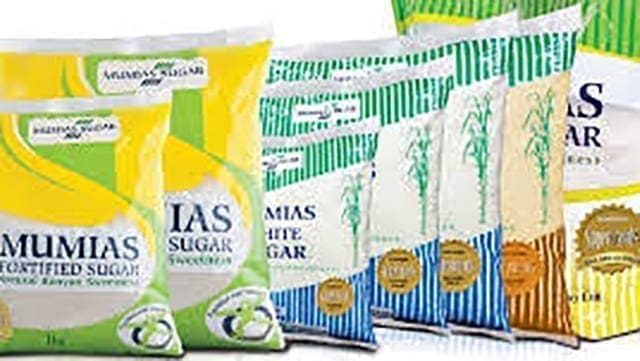KENYA – Farmers and millers mainly from the Lake Region Economic Bloc (LREB) have agreed on key proposals in the sugar regulations in a bid to adopt a new policy that would revive the long-ailing sugar sector.
According to the Nation, the stakeholders led by LREB Chairman Wycliffe Oparanya and Kisumu’s Anyang’ Nyong’o agreed on introducing regional zoning that would allow farmers attach to two or three millers, as opposed to being restricted to one sugar miller.
“While appreciating that we cannot have a complete free market, regional zoning is necessary to both the players as it will ensure that the millers also develop their own sugarcane to meet their milling capacity,” said Mr Oparanya, who is also governor Kakamega county.
Zoning and contract
Based on the new policy which is yet to be adopted, farmers and millers will be segmented into five major regions.
Sugarcane farmers based in Kisumu, Siaya, Kericho and Nandi counties will take their produce to Chemelil, Muhoroni and Kibos sugar companies.
Those from the upper western region involving Kakamega, Trans Nzoia and Bungoma counties will deliver their cane to Nzoia, Butali and West Kenya sugar companies.
On the other hand, those from lower western will take their cane to Mumias, Ole-Pito and Busia sugar companies while Sony Sugar, Sukari Industry and Trans Mara Sugar companies will cater for farmers drawn from Homa Bay, Kisii, Nyamira, Migori and Narok counties.
Kwale Sugar Company, which has since been closed will receive sugarcane from farmers in Tana River and Kwale counties.
The agreement, reached by 13 licensed millers and farmers’ representatives states that growers who have a capacity to plough, plant, harvest and transport their produce should be free to deliver to any factory of their choice.
To ensure implementation of the agreement, it was agreed that contracts between millers and growers should be done and indicated that millers must engage in contractual model.
Other reforms in the sector include government’s move to privatize state-owned sugar mills, opening the country to cheap sugar from regional economies.
Growth in the sector is hampered by cheap sugar imports from both the regional bloc and international firms, jeopardizing on the farmer’s income and output.










